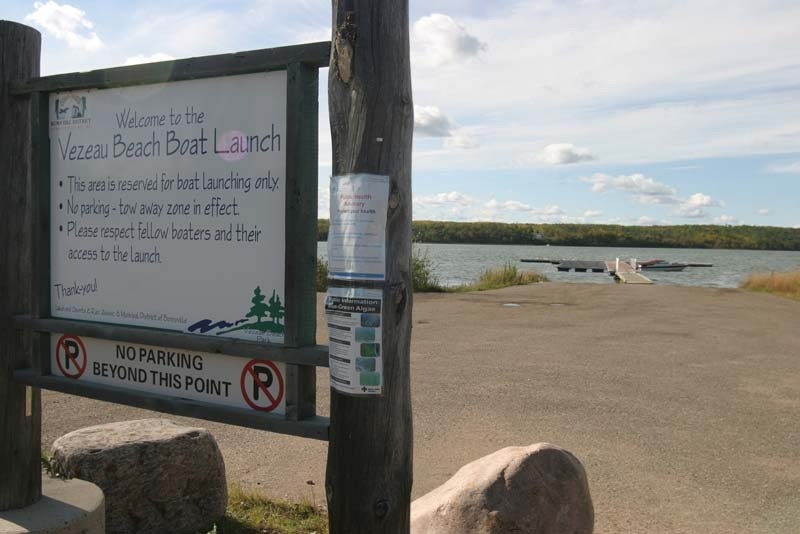Test results have confirmed the Town of Bonnyville's drinking water contains levels of dangerous chemicals that exceed levels set out in the Canadian Drinking Water Guidelines.
After Alberta Health Services (AHS) declared two health advisories on Moose Lake this summer, one for blue-green algae and the other for E. Coli, town council held a special meeting to discuss the issue on July 31. Concerned that the heightened levels of organics in the water meant more chemicals were being added to deal with the problem, council requested more tests were conducted to ensure the water was safe.
Council was particularly concerned with trihalomethanes (THMs), which Coun. Jim Cheverie said could cause liver cancer.
Lyndon Lay, director of public works, explained at the time that tests were carried out in March, June, September and the end of December, meeting provincial regulations. Bonnyville's water always passed those tests.
This led to council worrying that there were heightened chemical levels in the water that were not recorded because tests were not conducted during the months when higher organic levels, like blue-green algae, led to higher amounts of chemical treatment, and more tests were requested.
According to the test results, one of the water samples Bonnyville sent in for testing registered 0.104 total trihalomethanes (THMs), when the national guideline is 0.100. Another sample registered 0.126. The water also registered 84.1 total haloacetic acids (HAAs) when the guideline is 80.0.
“We did exceed the Canadian Drinking Water Standards,” said Coun. Gene Sobolewski, who writes reports about the state of water treatment plants in his professional career. “Essentially, it's exactly the way I was fearing it would look…Basically, the longer the chlorinated waters it's in the lines, in contact with organics in the water that the water treatment plant couldn't remove, the higher levels of THMs and HAAs…that produce known carcinogenic compounds which in tests have led to different types of cancers in animals.”
The next step, he said, is to bring the results to the provincial government.
“Now that we've got those tests and we've got them in hand, I've contacted the MLA (Genia Leskiw). We're going to be meeting with the Minister of Environment. Basically, we're pushing forward and saying enough is enough.
“Either the minister is going to agree to water from Cold Lake, which is probably the best idea because that water is so clean in its raw state, or a modified and updated water treatment plant that's designed to handle the nasty surface water in Moose Lake.”
As for the water treatment plant, Bonnyville CAO Mark Power said they are working to bring the numbers down but that is treating the symptoms, not the cause.
“We are flushing the lines and that will bring the numbers down,” he said. “We know that's going to work but it doesn't change the fact that we need to address the issue with the government.”



